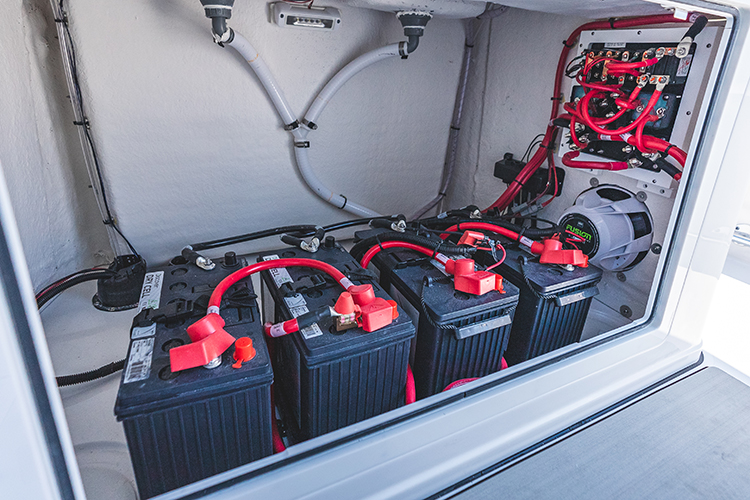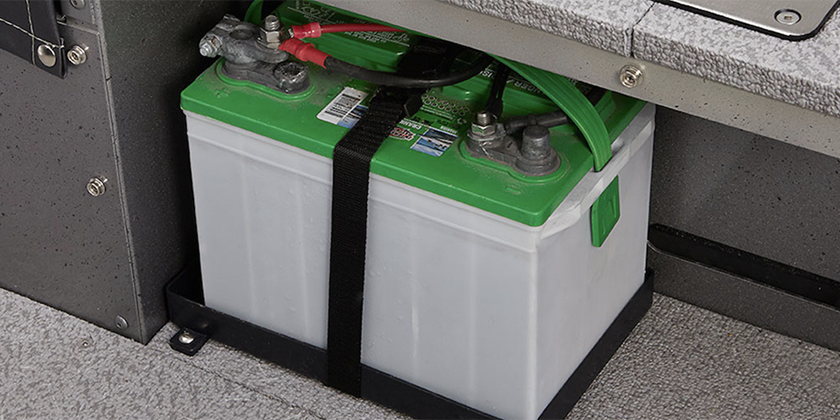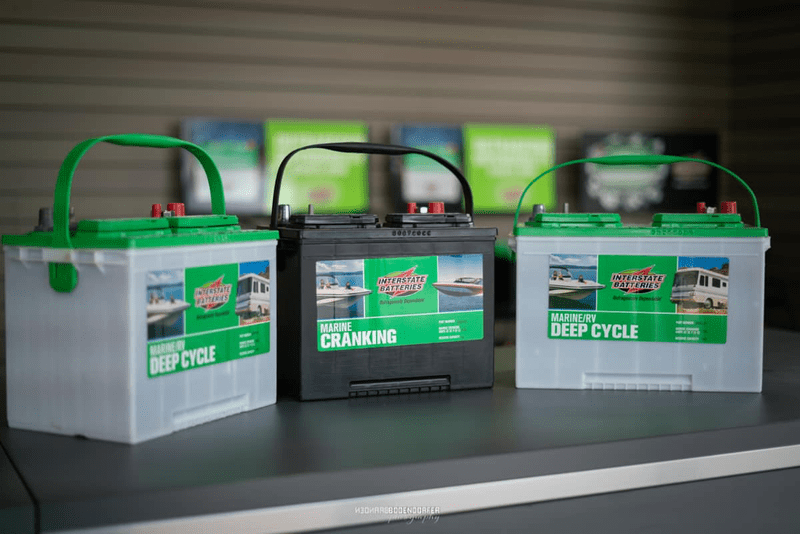Charging a marine battery may seem like a straightforward task, yet it’s an essential process that can significantly affect the longevity and performance of your battery. Whether you’re gearing up for a weekend on the water or preparing your vessel for winter storage, understanding the intricacies of proper charging techniques is vital.
Different types of marine batteries, from deep-cycle to starting batteries, each present unique requirements and best practices. Failing to follow them can lead to a myriad of issues, including reduced efficiency or even irreversible damage.
In this guide, we will delve into the fundamentals of charging marine batteries properly, while also highlighting common pitfalls to avoid. So, grab your gear and let’s ensure your battery is up to the challenge of powering your adventures!
Essential Tools for Charging Marine Batteries

To effectively charge marine batteries, equipping yourself with the right tools is paramount. A high-quality marine battery charger is the cornerstone of your setup, ensuring compatibility with the specific type of battery—be it lead-acid, AGM, or lithium.
Consider investing in a smart charger, which automatically adjusts the charging rate and prevents overcharging, thereby extending your batterys lifespan. Additionally, a voltmeter is essential for monitoring battery health and voltage levels; it helps you gauge when a charge is necessary.
Dont overlook the importance of corrosion-resistant connectors and cables, as they play a critical role in maintaining good electrical conductivity in a marine environment. Finally, keep a battery maintenance kit on hand for cleaning terminals and checking fluid levels, as these simple tasks can significantly enhance performance and reliability.
Together, these tools create a comprehensive charging toolkit that guarantees your marine excursions are powered up and ready to go.
Step-by-Step Guide to Charging a Marine Battery

To charge a marine battery effectively, start by ensuring safety: disconnect the battery and wear protective gear to shield against potential acid splashes. Next, inspect the battery terminals for corrosion; clean them if necessary to ensure a solid connection. Choose the appropriate charger, ideally one designed for marine batteries, which offers features like smart charging and temperature compensation.
Connect the charger leads—red to positive and black to negative—cautiously, ensuring a secure fit. Set the charger to the correct voltage, typically 12 volts, and initiate the charging process.
Monitor the battery’s charge progress, as overcharging can lead to damage or reduced lifespan. Once charged, disconnect the charger in the reverse order of connection and take a moment to perform a final inspection.
By following these detailed steps, you can ensure your marine battery is charged efficiently and safely, ready for your next adventure.
Signs of a Fully Charged Marine Battery

Recognizing the signs of a fully charged marine battery is essential for maintaining optimal performance and longevity. First and foremost, a fully charged battery will often exhibit a voltage reading between 12.
6 to 12.8 volts; anything above this range can indicate that the battery is overcharged, which is a concern.
In addition, you might notice that the electrolyte levels appear stable and clear of any sediment or discoloration. The battery terminals, too, will be free from corrosion, indicating a solid connection.
Moreover, if you’re using a smart charger, a light indicator or display may confirm that the charging cycle is complete. Finally, a fully charged marine battery should exhibit no excessive heat during charging; if it feels warm to the touch, it may warrant a closer inspection.
In essence, these indicators work together to provide assurance that your marine battery is in peak condition, ready for your next adventure on the water.
Conclusion
In conclusion, properly charging a marine battery is essential for ensuring optimal performance and longevity, regardless of whether you\’re using flooded lead-acid, gel, or AGM batteries. By understanding the specific charging requirements for your battery type and following best practices—such as using the correct charger, monitoring the charge state, and avoiding overcharging—you can significantly enhance the lifespan of your battery.
If you\’re in Malta and looking for reliable AGM batteries in Malta, exploring local suppliers can provide you with quality options tailored to your marine needs. Remember, taking the time to care for your battery not only protects your investment but also enhances your boating experience by ensuring your equipment is always ready for your next adventure.


